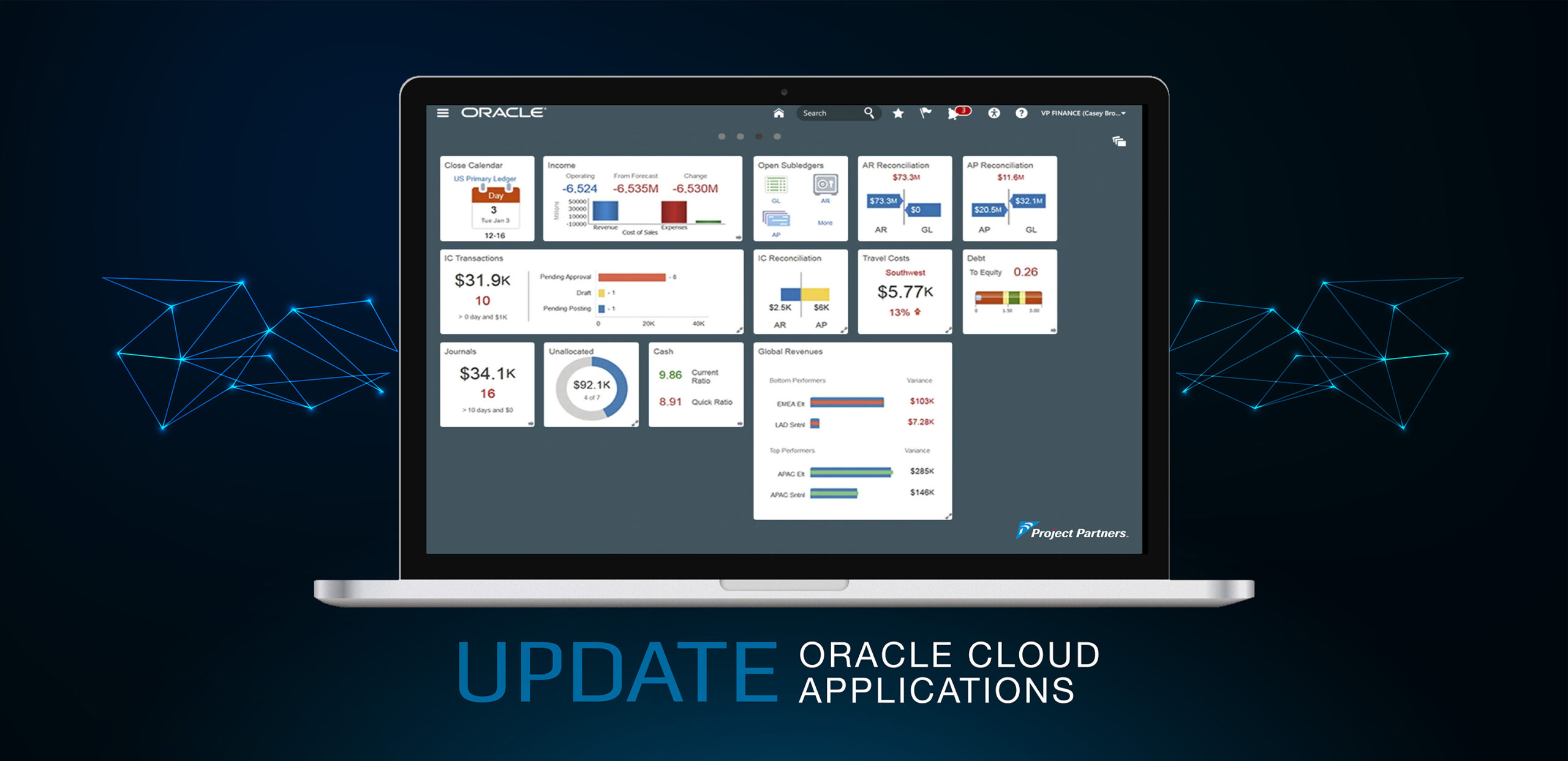Release 23A for Oracle Cloud PPM has been announced ![]() The focus of this release is usability with a bunch of minor enhancements.
The focus of this release is usability with a bunch of minor enhancements.

Usability items in Oracle Cloud PPM Release 23A:
- Issues linked to tasks as Work Items: This is a nice one that allows you to link issues to tasks as work items and enable automatically marking the task as complete once the linked issue (work item) is closed.
- Task Copy/Paste for Financial Tasks: You can now copy a (single) task and paste it right below or at another location in the WBS, which will take on all the attributes of the original task. You can copy parent tasks, and Copy/Paste will copy the parent with all of its children as long as the parent task is wholly expanded, showing all of its children before the Copy function.
- Automatic Release of Invoice on Approval: This feature is handy if you have set up WF for invoice approval, and hence once the invoice is approved, it will also be automatically released, eliminating one manual step in the process.
- Increased limit (up to 10) process configurators assignable to Revenue and Invoice methods: This increased limit now allows you to define complex Revenue Recognition and Invoicing methods to meet your requirements.
- Two items related to budgetary controls. If you are using budgetary controls, you can now:
- Apply controls on internally sourced requisitions expensed to a project.
- Budget Account Derivation for Cost adjustments (transfers, etc.) in PPM.
- Budgeting and Forecasting changes:
- If you plan (budget and forecast) at a higher level of the WBS than the lowest task, actuals will now summarize up to your planning level tasks when you generate forecasts.
- If you manually enter revenue plan amounts in budgets and forecasts, a new setting will prevent these manual entries from being overridden by the generation process.
- You can now enter Periodic plan values in a forecast in a columnar view. It is better than the earlier line-by-line update in tabular row-based view, but it is still pretty clunky as you get three periodic columns at a time which you then slide back and forth using period slides above the table.
- Yet another new screen provides an “Easier” way to assign specific resources to multiple tasks on your budget or forecast.
- Labor cost rates from financial management: this can now be used for project planning in Project Execution management, giving you a consistent view of planned cost across both modules.
- Program action plans: A new feature allows you to define action plans at the program level with actions below each plan. This feature will enable you to achieve risk mitigation, issue resolution, etc., at a program level. It would be good to have this at the project level too.
- Award funding amount updates on contract: this is a massive win; as previously, any award amount update after the initial creation needed to be completed twice – once for the award and once for the contract. This new function now takes the updates made to any award and automatically updates the contract!
- Cost distribution to award using funding patterns: this feature centrally controls how costs get allocated to awards and funding sources using a Pre-defined “Funding Pattern” (as long as the user charging the cost does not specify a contract and funding source on the cost transaction). Multiple date effective funding patterns are defined based on project and task. If only they had included the expenditure category or type in this assignment, we would have a home run, but even with this, it is an excellent double!
- You can now associate multiple customer Account numbers with Letters of Credit information for each to an award.
Now let’s look at some minor enhancements:
- Project Management common items:
- Digital Assistant enhancements in time entry and PM Skills: I don’t even know anyone using these features – but hey, it’s the future!
- OTBI subject area enhancements for Project Costing: Unprocessed cost shows new measures for counts of costed and uncosted transactions.
- The expiration date of the Federal Financials Report now matches the date posted on grants.gov.
- Unique Entity Id is now available in the Award Funding OTBI Subject Area.
- Get news feeds in your actions on the Fusion Dashboard.
- Billing and Revenue Management:
- Additional attributes available to update contract invoices using a Rest API
- Cost Management and Control:
- Rounding rule changes for the display of currency amounts. If this enhancement is significant to you – Click HERE to read more about it.
- Planning, Scheduling, and Forecasting:
- Additional Payload Attributes for Project Status WF – this can only be a good thing.
- Financial Plan updates using FBDI
- New Work Item Type called “Proposals” to plan your work with Innovation Management – see my discussion above on “Issues Linked to tasks as work items” and replace issues with proposals.
- Project Asset Management:
- Retrieve Project asset lines and asset line details using a rest API for Reporting and Integration.
- Project Management:
- Resource Validation when importing plans from MS-Project to Project Management: if any resource assigned in MS-Projects is not a valid enterprise resource in Oracle, the entire plan import will be halted.
To learn more about Oracle’s latest features and how they will impact your project-driven organization, request a consult with one of our experts HERE.